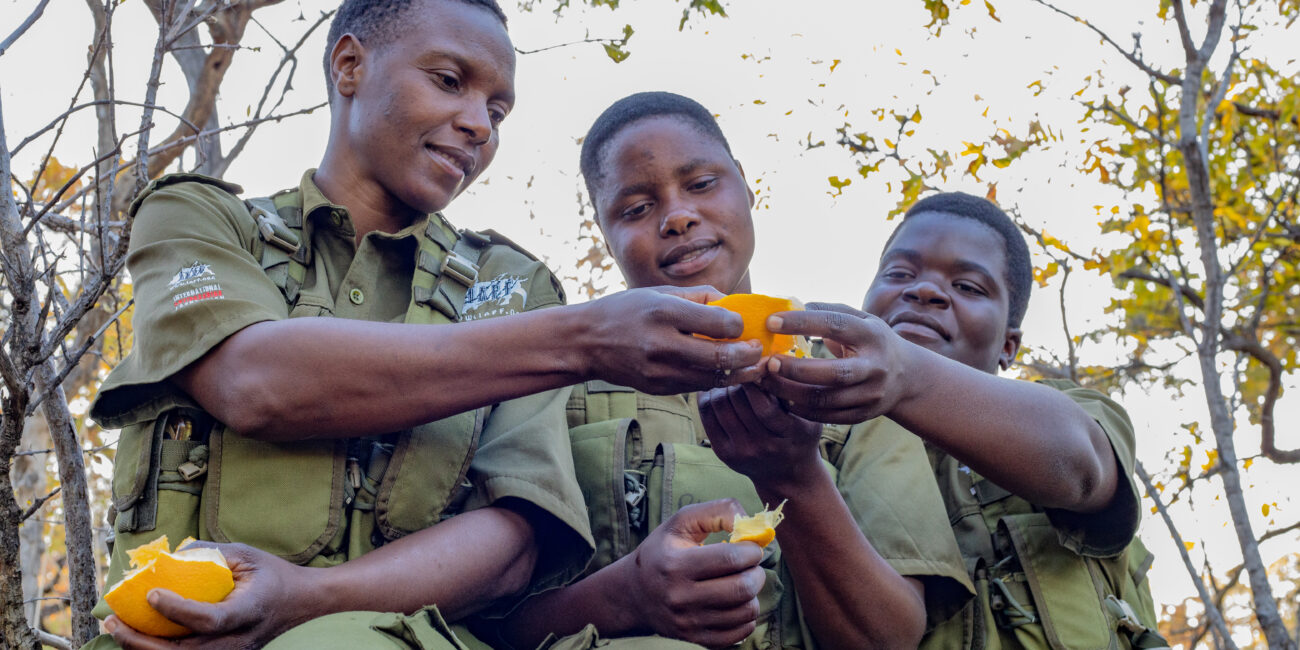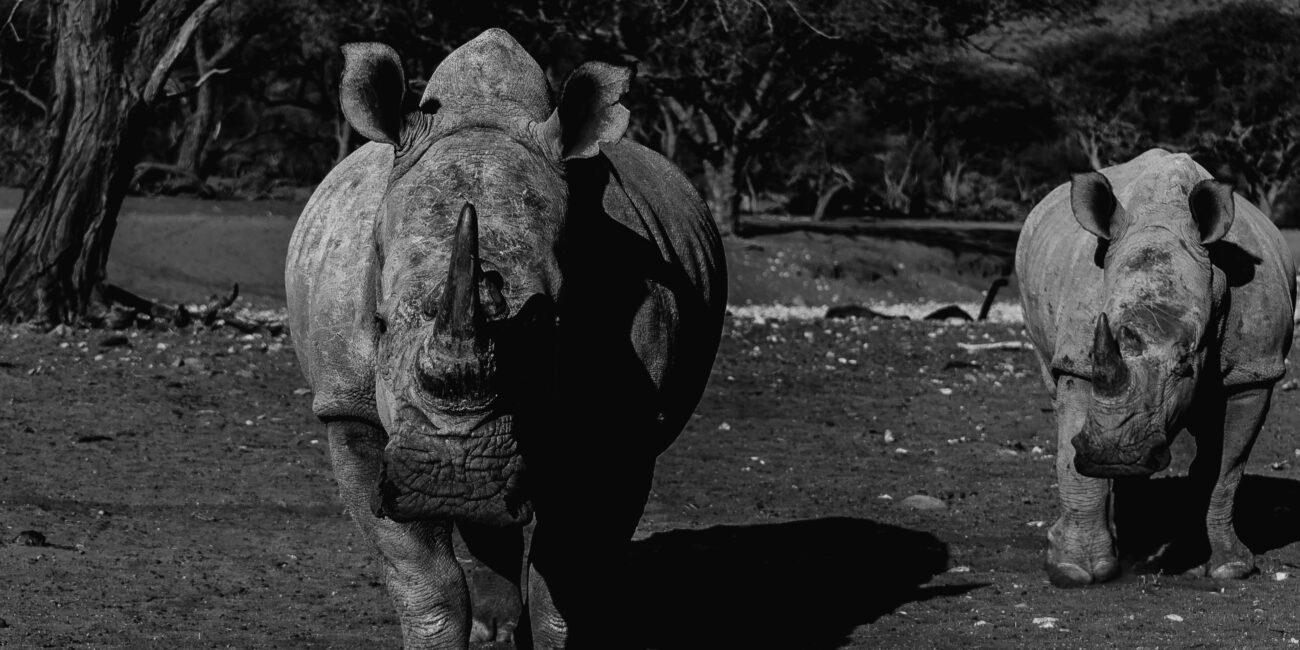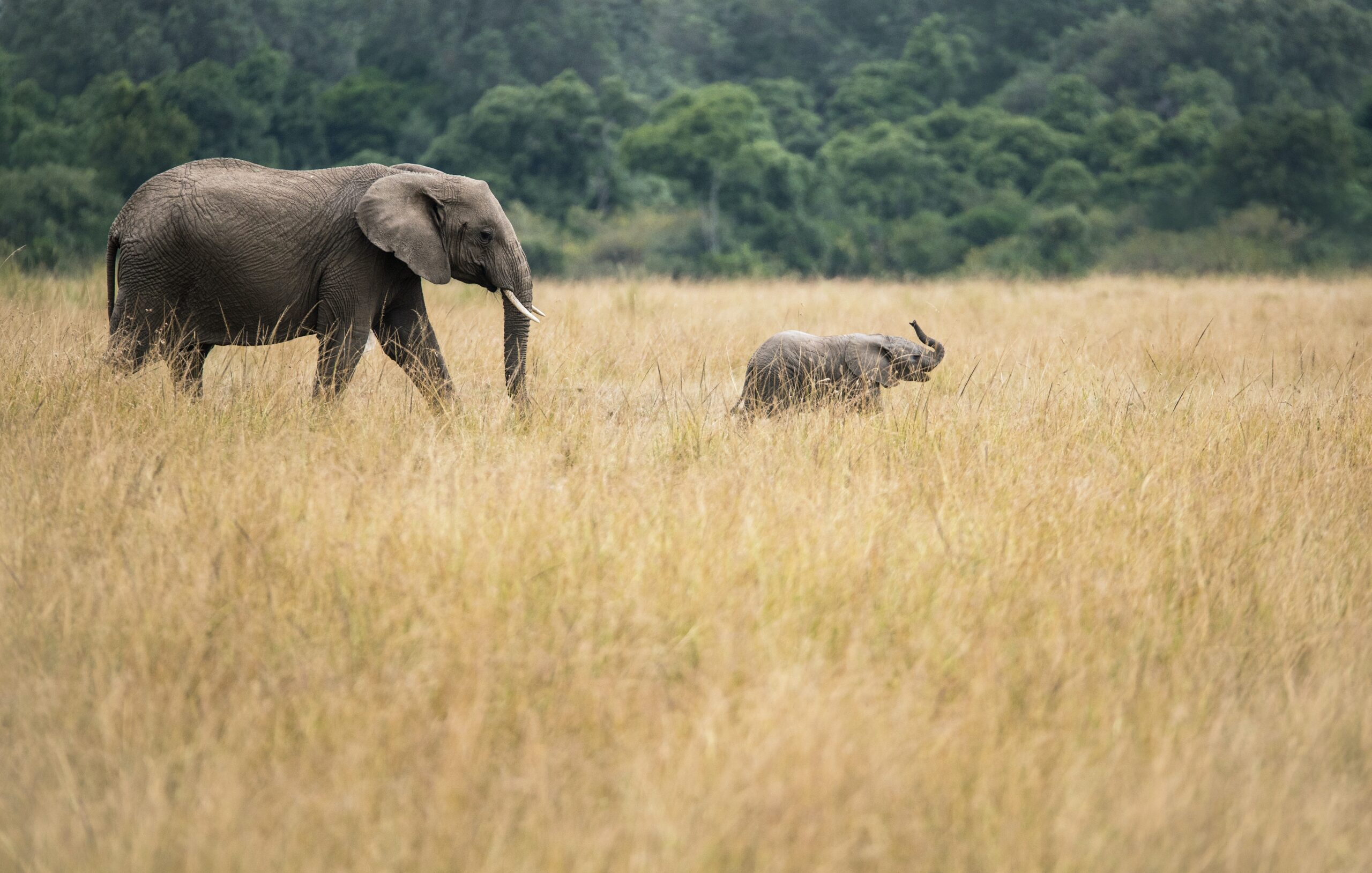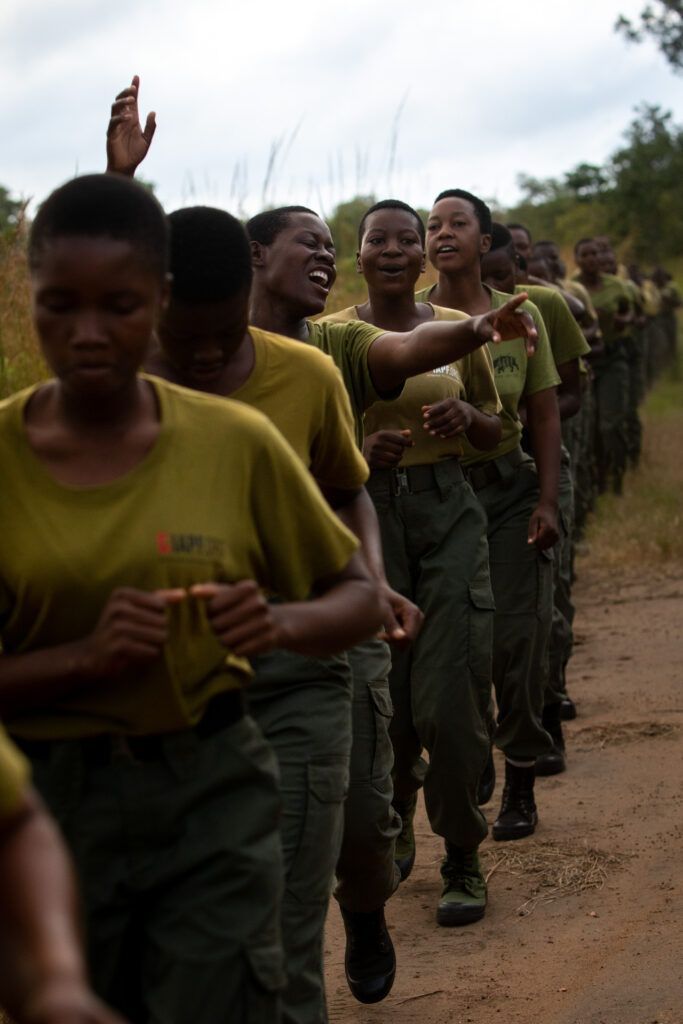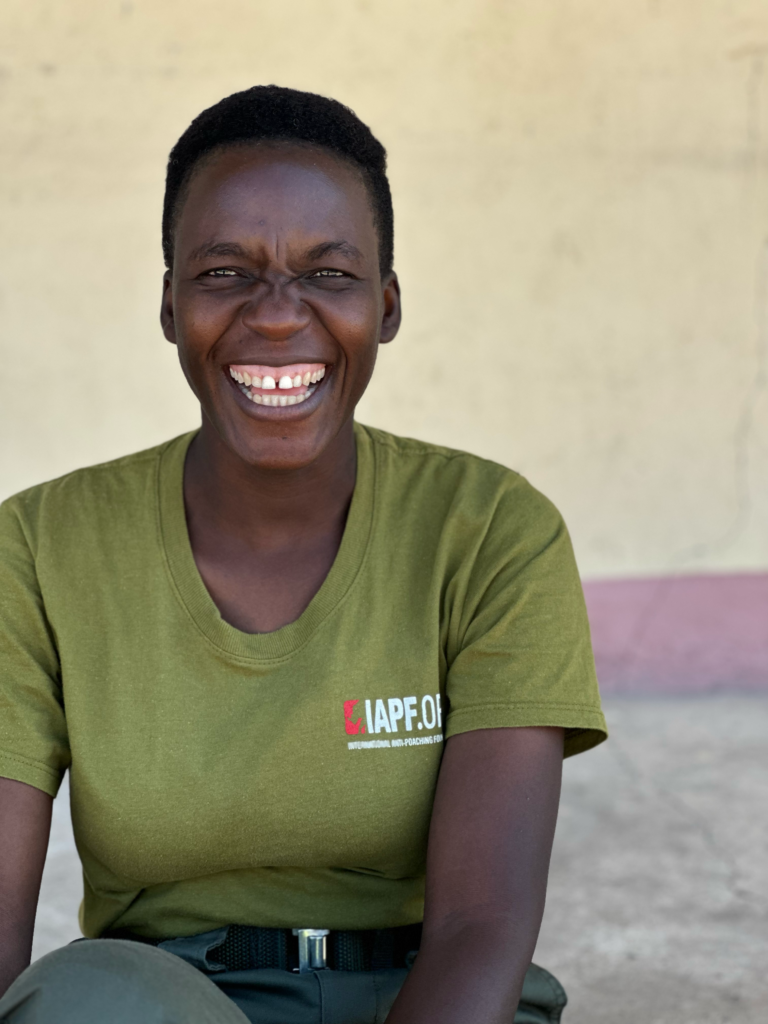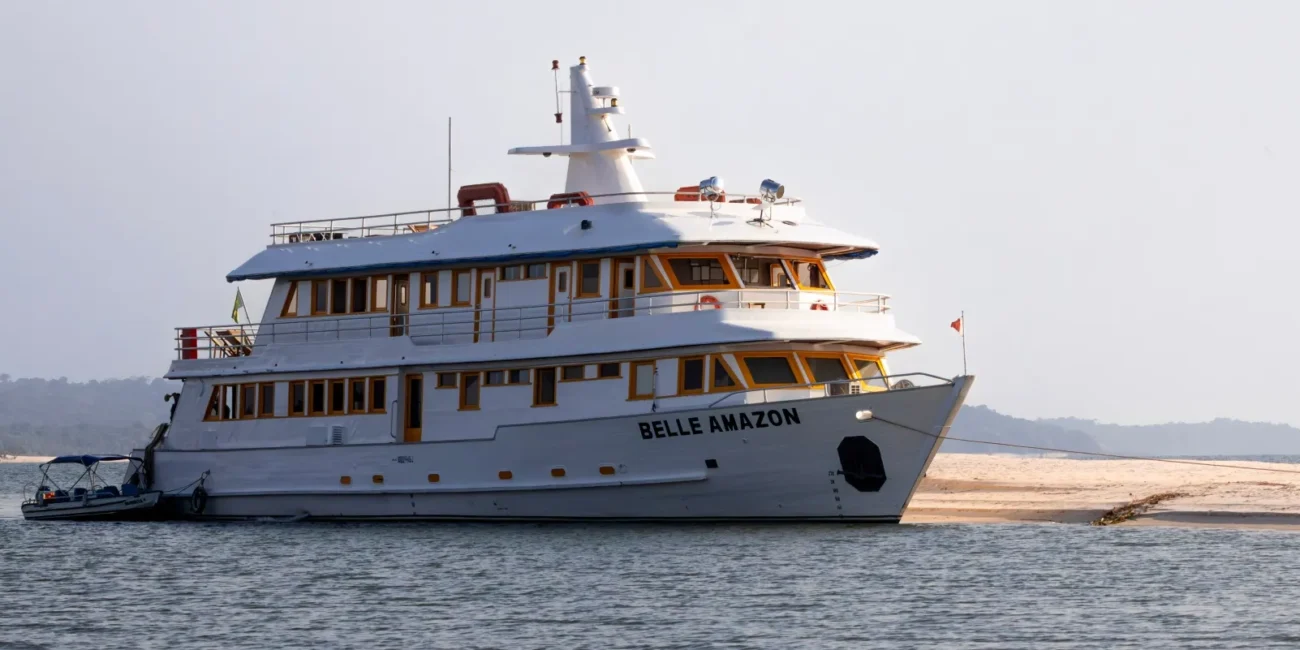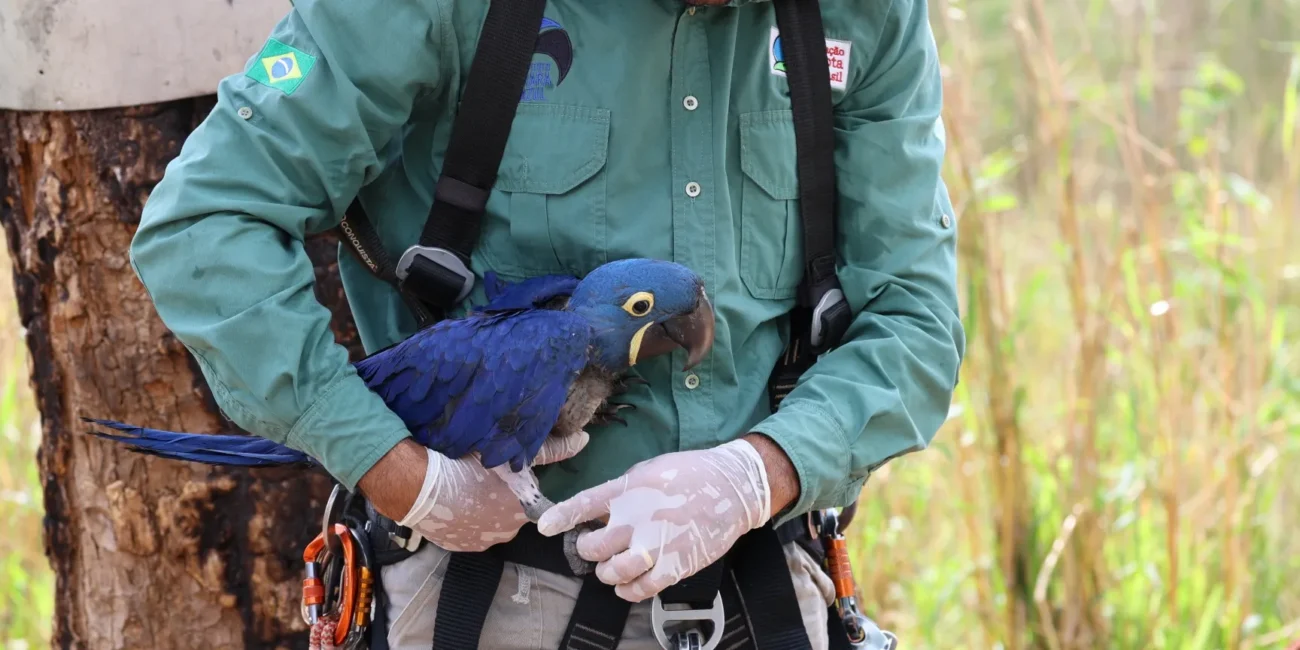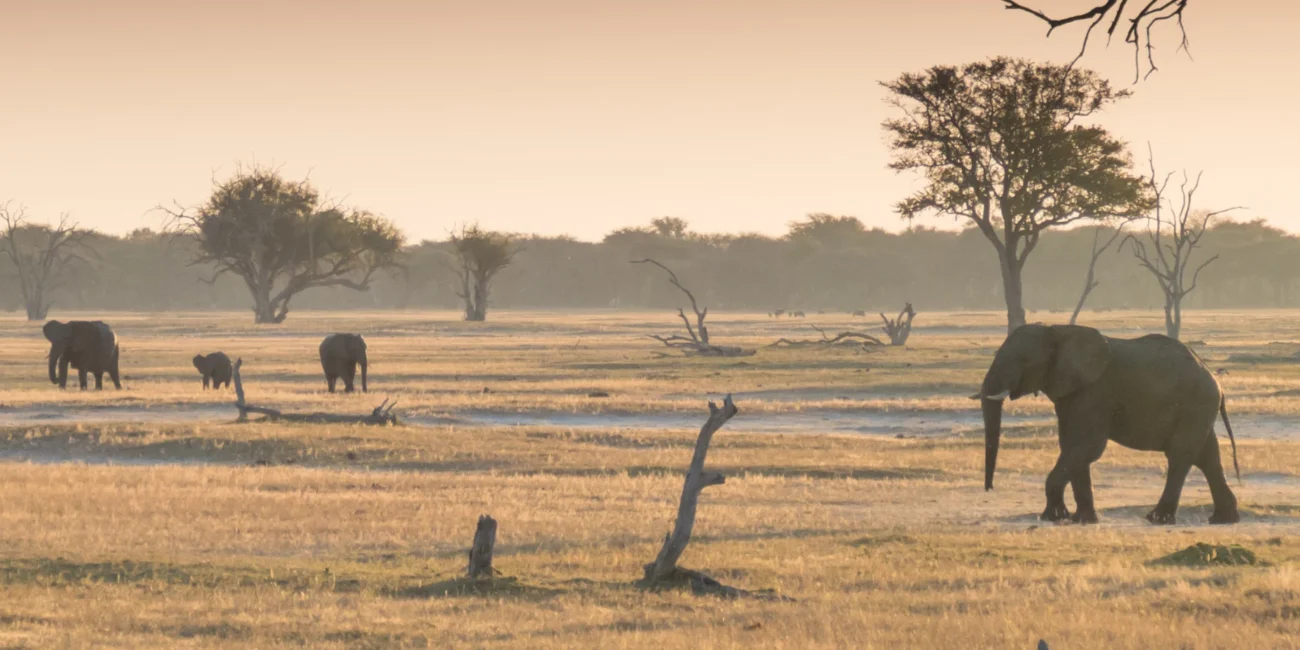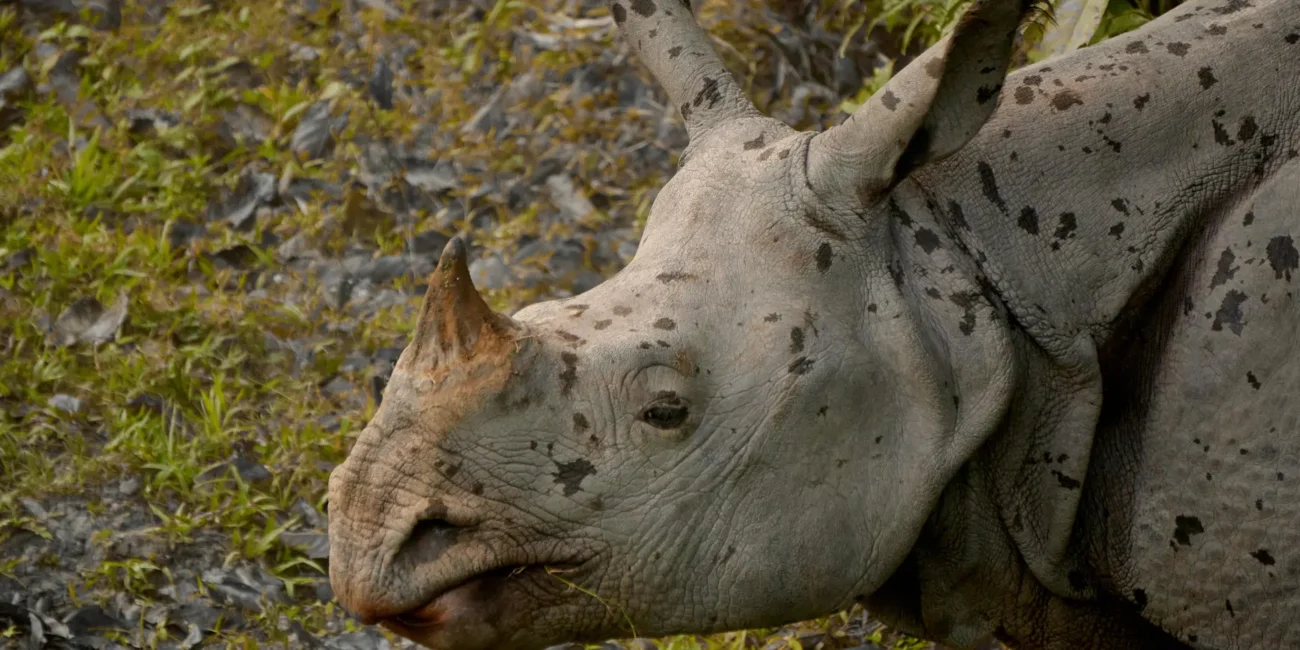The Brave Ones
We were lucky enough to speak with Damien Mander, CEO and Founder of Akashinga, ‘The Brave Ones’, to learn more about their work in celebration of World Female Ranger Week (23rd – 30th June). Akashinga is an all female anti-poaching unit in Zimbabwe. Their model is new, radical, and proving highly effective at preventing poaching and supporting local communities across rural sub-Saharan Africa. Read on to learn more about how the programme was started and the profound impact it is having on conservation and the livelihoods of its rangers and their families.
How did Akashinga come about?
I came from a military background and fell in cadence with the law enforcement side of conservation back in 2009, and spent the next eight years building the organisation with the focus on being the last line of defence for animals that were being hunted by para-military style forces – large numbers of poachers crossing international borders using automatic weapons and high calibre rifles to kill primarily elephants and rhinos.
One of the biggest projects we took on was protecting the Eastern flank of Kruger National Park’s southern third, where up to a third of the world’s rhinos were at the time… We essentially had this war with the local population. We were able to drive a downward turn in poachers entering from Mozambique and I would go to bed each night knowing that what we were doing was not the answer. We’re on a continent that’s going to have two billion people on it by 2040 and it will be the people who decide the future of conservation, not bigger fences and more guns.
“That was ultimately the realisation that conservation is not a conservation issue, it’s a social issue, and when we have social impact, we have conservation outcomes.”
I lecture all over the world on conservation and I used to start my talks by saying ‘listen, what we’re doing is not the answer. Think of us as paramedics trying to get the situation to the operating table and stop the haemorrhaging.’ [This thinking] led us down a path of doing an extensive amount of research on impact in rural communities in Africa, and around the world.
“There was an overwhelming body of evidence that told us empowering women was the single greatest force for positive change in the world today.”
Having come from a background, perhaps the background of the “ultimate boys’ club” – special operations – having worked with women, and certainly looking at conservation as an industry where in an operational sense women were outnumbered in roles by 100:1, we saw a lot of examples where women were given access to do certain roles but never the full role, and never en masse.
So I was thinking, if women could be trained to be rangers and take up the majority of those field based positions in conservation, it would turn the largest line item in our budgets, which is salaries, into a direct investment into the community at household level, into the hands of women – which would be the most valuable way to spend any dollar at community level.
What have been some of Akashinga’s challenges?
We tried in seven different places to be able to get this programme started and nobody wanted to take the risk of putting women in a fairly male dominated industry, in a fairly patriarchal society – nobody wanted to take the risk of women going out into harm’s way.
The first opportunity that we got was in an abandoned trophy hunting reserve… We spoke with the chief and they agreed to grant us three days to test our programme, thinking three days would be enough to prove it was a flawed concept. We put the selection criteria out into the communities in a country that, when I first arrived, had the lowest life expectancy out of anywhere in the world for women – less than 40 years of age.
“For that reason, the selection criteria was: survivors of sexual assault, domestic violence, AIDS orphans, single mothers and abandoned wives, with the notion that, if the programme went beyond three days, we would create opportunities for the most marginalised people in rural Zimbabwe. What we didn’t realise when we applied this criteria was that we were actually getting the toughest applicants. The first sixteen women that graduated from the selection process are some of the hardest, toughest people that I’ve ever worked with in my military career spanning three continents and preparing people for frontline deployment – both in military law enforcement and in conservation.
That became the basis for Akashinga. Akashinga means ‘The Brave Ones’. It is a name the women gave themselves.”
That was six years ago now. It completely shifted the way we operate in a conservation sense, the way that we look at how we approach the challenges of protecting massive areas of wilderness. It made what we do scalable. As an individual and as a CEO, what I want to achieve in my life is to help play a role in protecting as much of the natural world as possible. We turn on the news and the world is heating up. There’s flooding. It’s on fire. We have huge global issues and that requires big responses.
“We have a system on this planet that’s spent five billion years getting itself right. It’s absolutely perfect if we give it the chance, and that system is nature. Akashinga became a scalable model to protect as much of Africa as possible, and we’re in the process of rolling that out.”
We started with sixteen women under a tree learning on a chalkboard back in 2016, protecting 90,000 acres, and we’ve now secured long-term land leases of areas that were previously used for trophy hunting across four countries totalling nine million acres with a staff of almost 600.
What does the day to day look like for a female ranger?
It’s completely variable. Anything from fighting fires to responding to information in the local communities, to helping oversee the community projects that we’re doing, collecting data in the field, arresting poachers, monitoring wildlife and… being a mum!
Do lots of women approach Akashinga through word of mouth?
95% of the staff we train come from within 20km of the boundary of the area that they protect. We do that because 1) we want to protect local capacity in these communities and building career paths is a very strong component of the Akashinga model, and 2) we want to be able to invest as much of every dollar directly back into the community.
In actual fact, there’s been two key components of Akashinga that have shifted the economics of conservation for us, the first one being we work in some of the countries that rank the lowest in the world in terms of corruption. Denmark sits number one as the least corrupt country and Zimbabwe ranks 150 out 180 countries. To counter that, historically, we would employ men that, in some cases, came from hundreds of kilometers away so that they didn’t collude with the communities they grew up with in regards to passing critical information.
“We haven’t had a single incident of corruption with women in the past six years. They seem to be solely focused on buying land, building a house, getting their families back together, getting their children back in school, their siblings back through high school, healthcare for their parents – they don’t want to jeopardise that.”
What the lack of corruption meant is that we could recruit directly from the community alongside the area we were trying to protect without having to worry about that collusion. And that’s shifted the money that was previously dispersed around the country directly back into that community. We were able to measure that we were putting the same amount of money into the local community every 34 days as trophy hunting had done previously. So we had a viable economic alternative to trophy hunting that was only working with women at the centre of the social development strategy.
“The second thing that we noticed was, and this is what really shifted the needle, women naturally deesculate tension in the majority of cases in potentially conflicting situations – the law enforcement component – through, what I believe to be, a different value system. What deesculation means in a law enforcement sense is de-militarisation. So we found something much more powerful than biceps and bullets, and that was relationships. Relationships that were driven by the women that had been raised in these communities, that were raising their own families in these communities. That cut our operational costs by two thirds because we were no longer spending it on helicopters and drones and canine attack teams, we were spending it on relationships.”
The money that we saved, we started to invest back into healthcare, back into education, back into providing clean water, back into helping build infrastructure in these communities – and it seemed that every dollar spent in the community was one or two dollars less spent on law enforcement. We started to see this holistic model of conservation that puts people first grow. At the centre of the social development strategy, women’s empowerment became a powerful tool and here we are today with a model that is scalable. It’s a model that has taken us from being inside a reserve, looking outwards and thinking about how we’re going to protect it, to being side by side with the community in wanting to preserve nature – and I think that being able to reposition conservation to put social development and social impact first, is a far easier way to achieve nature based outcomes at scale.
Monica returns home after a ranger patrol
Is there a final message you’d like to share to celebrate World Female Ranger Week?
Essentially, just to recognise the work of rangers, both male and female, across the world. I came from a background of working in the military and working within a 600 billion dollar a year annual defence budget in Iraq, fighting for resources in the ground and dotting lines on a map, and if you look at what rangers do fighting for the hearts and the lungs of the planet – and they often do it with minimal resources and tools and support – I think that these are the real heroes in this world.
Some of these people leave their families behind for up to 11 months of the year, in some of the remotest and harshest locations on the planet, literally fighting for our future that is dependent on our willingness to preserve biodiversity. These people inspire me, and I think we should be doing everything within our power to give them the tools and the resources they need to do their job.
Experience conservation in action
Between 26th November – 8th December 2023, we will embark on an all-female journey into the cradle of humanity to experience Kenya’s wilderness with leading conservation experts – from the sweeping plains of the Maasai Mara and the world-famous Mzima Springs of Tsavo West National Park to Laikipia’s growing mosaic of community conservation success stories.
The journey will be an unparalleled learning experience with the people at the frontline of change, and features a stay at Segara Retreat in Laikipia, whose own female-only ranger team was inspired directly by Akashinga.
If you would like to learn more about this Journey, please get in touch at connect@stg-journeyswithpurposeorg-staging.kinsta.cloud or via this link.
DIG A LITTLE DEEPER
Learn more about Akashinga’s inspirational work and how you can support it here.
